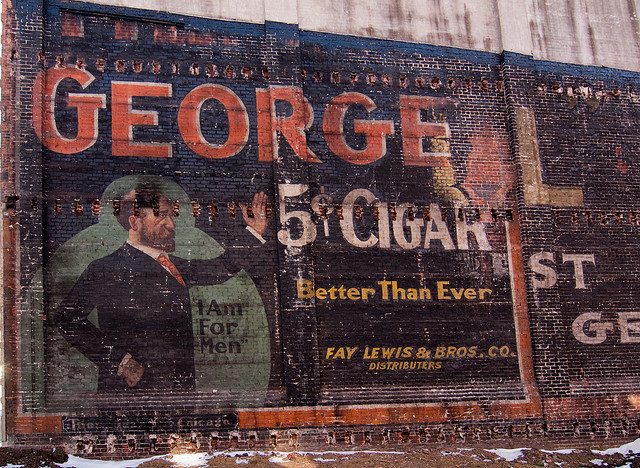
Before there was the flat tax, there was the single tax. And in 1892, Hyattsville was ground zero for the radical tax proposal.
The idea came from “a brilliant if slightly crankish autodidact” named Henry George, a proponent of laissez-faire economics who felt that most taxes were counterproductive and should be eliminated. Instead, he argued that government should tax only the value of land — and just the land. (He thought that improvements such as houses and factories should not be taxed, since that would discourage development.)
George’s ideas were quite popular in the 1890s. He even ran for mayor of New York City in 1886, coming in second (and besting Teddy Roosevelt, who came in third).
Here’s a rough summary drawing from a fairly sympathetic account in the 1916 book “The Single Tax Movement in the United States,” by Arthur Nichols Young (available as a free Google eBook).
In the summer of 1892, the Hyattsville Board of Commissioners decided to put George’s ideas to the test at the local level. How they did it was clever, though it also proved their undoing. First, they got the state legislature to allow them to tax land and buildings separately and make exceptions “as they may deem just.” Then they turned around and decided justice demanded that they exempt all of the town’s buildings and tax only the land. (They also had to raise the land tax rate from 15 to 25 cents per $100, to make up the lost revenue. At the time, the value of the land was $369,709 and of the improvements was $180,000, so not taxing buildings cut the tax base by a third.)
“Immediately the opponents of this innovation bestirred themselves,” wrote Young. “The little town became a single tax debating forum, each side holding meetings, and considerable bitterness of feeling developed.”
Opponents of the single tax made their case in the Circuit Court of Prince George’s County, then took it to the Maryland Court of Appeals when they lost.
The New York Times described the brouhaha in an article on March 16, 1893:
The single-tax fight in this town has attracted the attention of the whole world, and Hyattsville, with its 1,500 population, is better known than Baltimore, with its 500,000. It is the first town to put in practical operation the single-tax theory.
… The fight grew hot. The single taxers held that the departure was benefiting the town. The opposition pointed to the muddy streets, and declared that the cranks were ruining the town. The sentiment was about equally divided, with the most of the property owners, however, against the single-taxers.
The Court of Appeals ruled against the single-taxers, and the experiment came to an end. Neither side really won the argument, though, since the taxation scheme was only in place for a year and was in doubt legally much of that time — hardly ideal circumstances for testing an economic theory. (For that, single-taxers have to look at Fairhope, Ala., which was founded in 1894 as a “single tax colony.”)
One of the local leaders of the fight, Jackson S. Ralston, later joined the pro-single tax Joseph Fels Fund Commission. George died in 1897 after a second run for mayor of New York, and though his ideas lived on within the world of economics, his fame has faded. (He once was well-known enough to have a brand of cigars named for him.) And Hyattsville, which had been the talk of single-taxers “from the Patuxent to Australia,” faded from the news.
Support the Wire and Community Journalism
Make a one-time donation or become a regular supporter here.











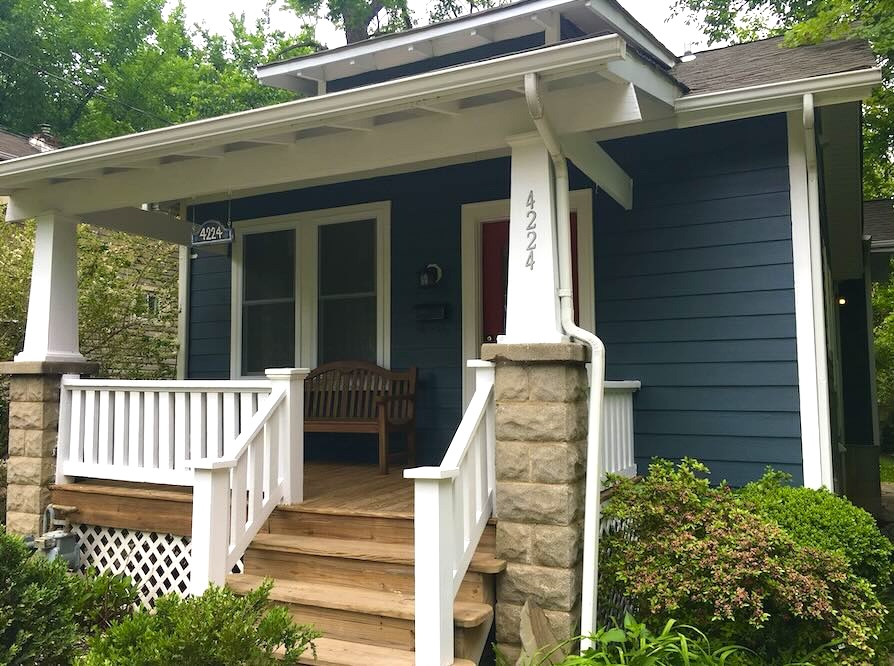

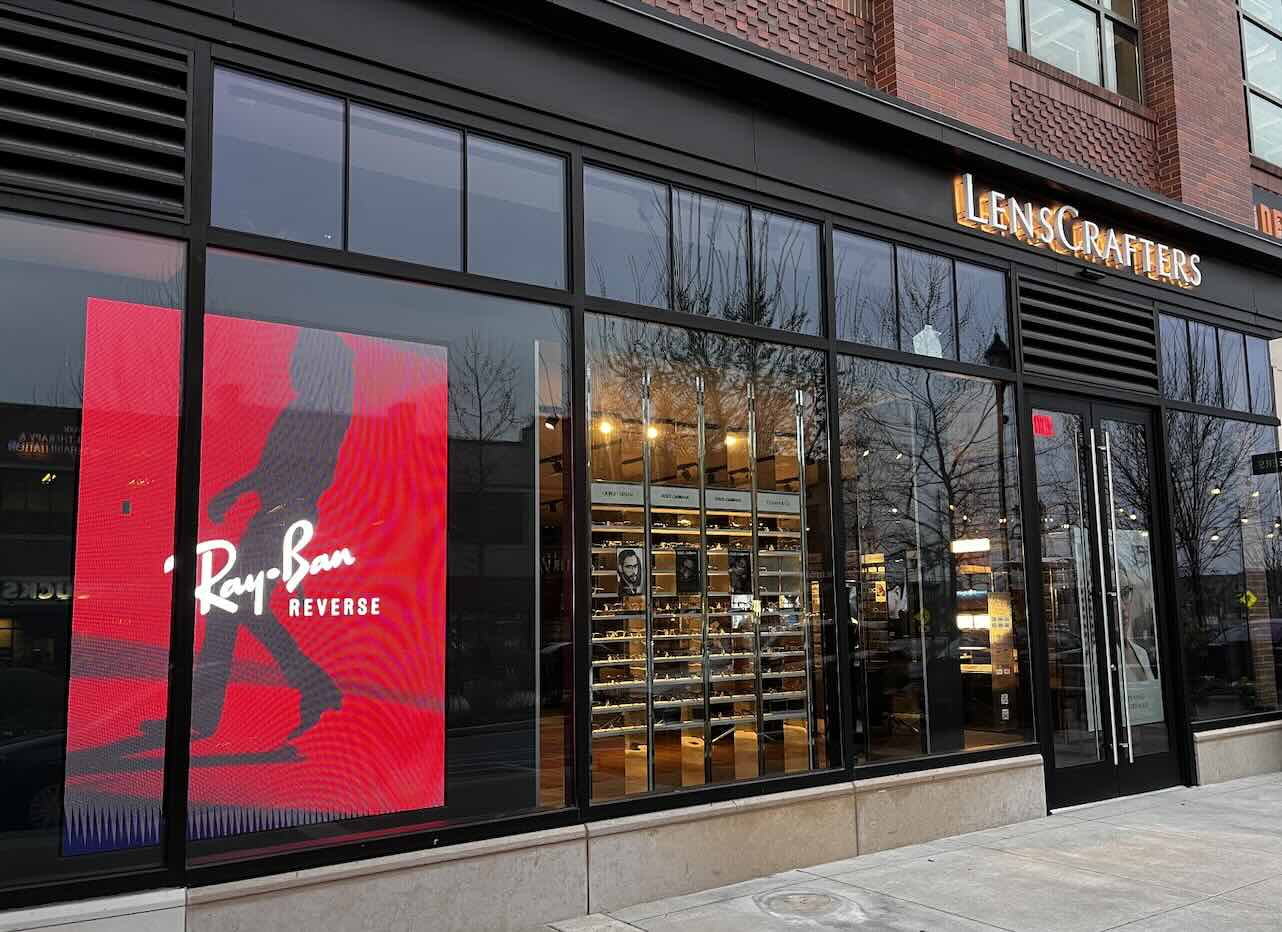


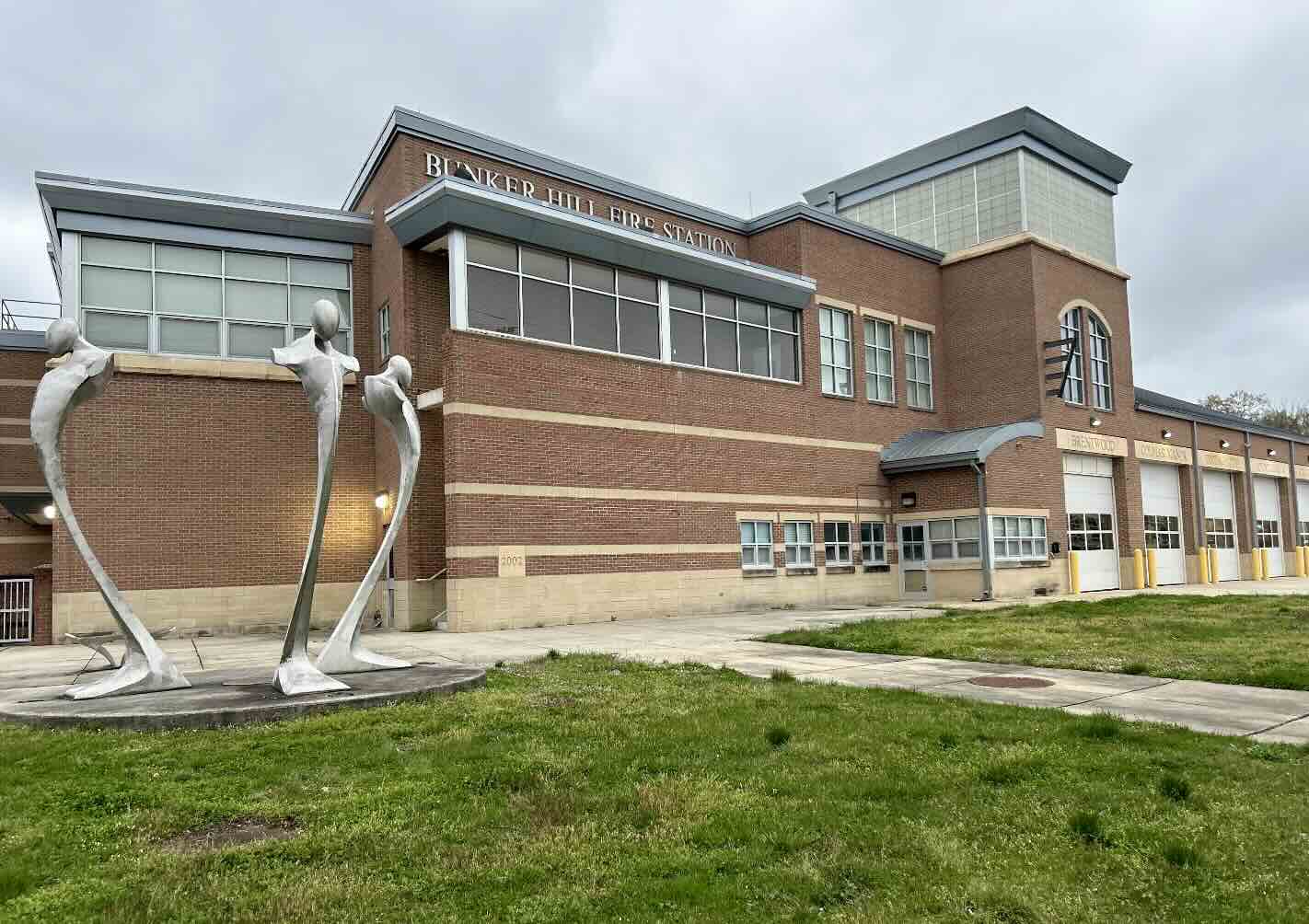
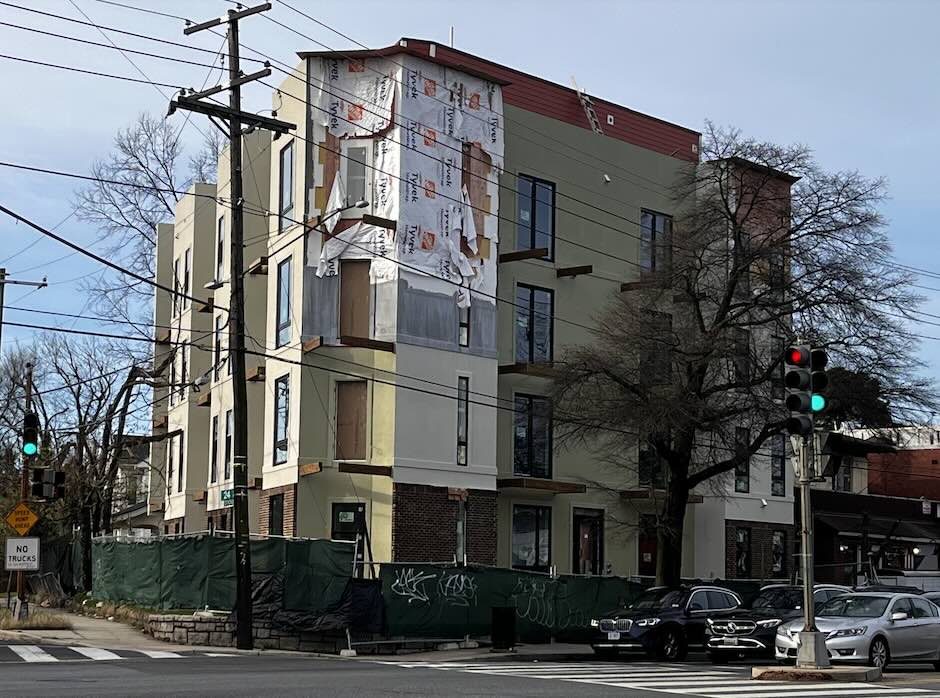



1 Response to Hyattsville’s Single-Tax Experiment